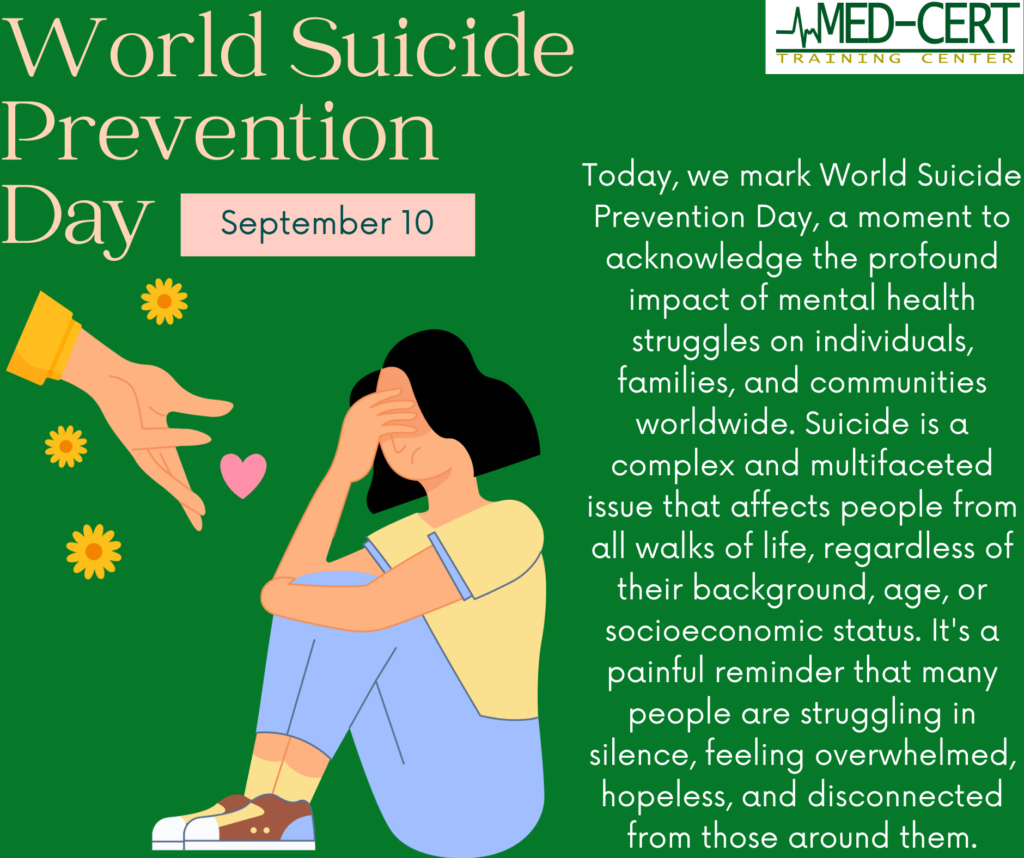
Every year on September 10th, the world comes together to recognize World Suicide Prevention Day (WSPD), a day dedicated to raising awareness about suicide prevention, reducing the stigma surrounding it, and fostering a global commitment to prevent one of the leading causes of death worldwide. This day, organized by the International Association for Suicide Prevention (IASP) and co-sponsored by the World Health Organization (WHO), serves as a crucial reminder that each of us has a role to play in ensuring that those who are struggling with suicidal thoughts receive the support and care they need.
The Growing Global Crisis
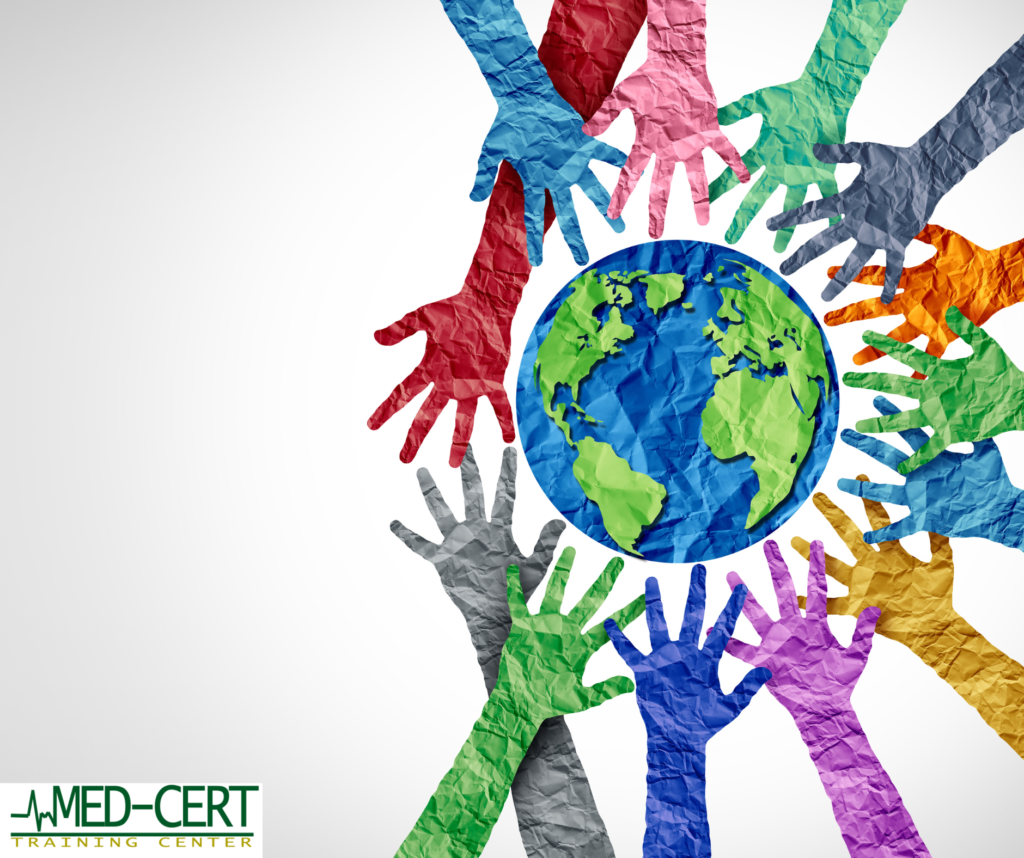
Suicide is a global crisis, claiming over 700,000 lives every year according to the WHO. This translates to one person dying by suicide every 40 seconds, making it a significant public health concern. The impact of suicide is far-reaching, leaving behind devastated families, friends, and communities. The emotional and psychological toll is profound, as those left behind grapple with grief, guilt, and unanswered questions.
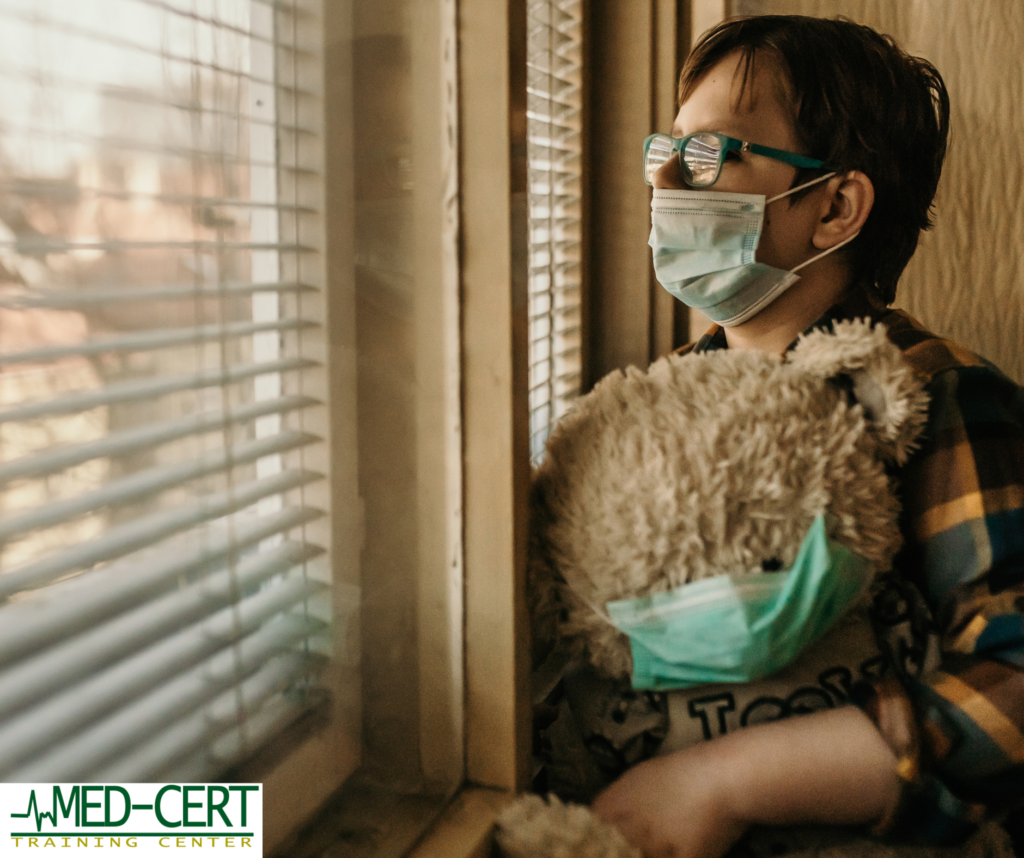
The reasons behind suicide are complex and multifaceted, involving a combination of psychological, social, cultural, and economic factors. Mental health disorders such as depression and anxiety are often significant contributors, but the underlying causes can also include substance abuse, trauma, financial stress, relationship problems, and chronic pain or illness. The COVID-19 pandemic has further exacerbated these risk factors, with isolation, economic hardship, and the disruption of mental health services leading to a worrying increase in suicidal behavior.
The Importance of Awareness and Education

World Suicide Prevention Day emphasizes the importance of awareness and education in reducing the incidence of suicide. One of the primary goals of this day is to reduce the stigma surrounding mental health issues and suicide. Stigma often prevents individuals from seeking the help they need, either due to fear of judgment or the belief that they should be able to handle their struggles on their own.

Education plays a vital role in breaking down these barriers. By fostering a better understanding of the signs and symptoms of suicidal behavior, we can equip people with the tools they need to recognize when someone is at risk. Warning signs can include changes in behavior, withdrawal from social activities, expressions of hopelessness, talking about death or suicide, and giving away possessions. However, these signs can be subtle, and it’s important to approach any concerns with compassion and care.
The Role of Healthcare Professionals
Healthcare professionals are often on the front lines of suicide prevention, particularly in recognizing and responding to individuals at risk. Training in suicide prevention can be a lifesaving skill for doctors, nurses, therapists, and other healthcare workers. This includes understanding how to conduct risk assessments, having open and non-judgmental conversations with patients about their mental health, and knowing when and how to intervene.


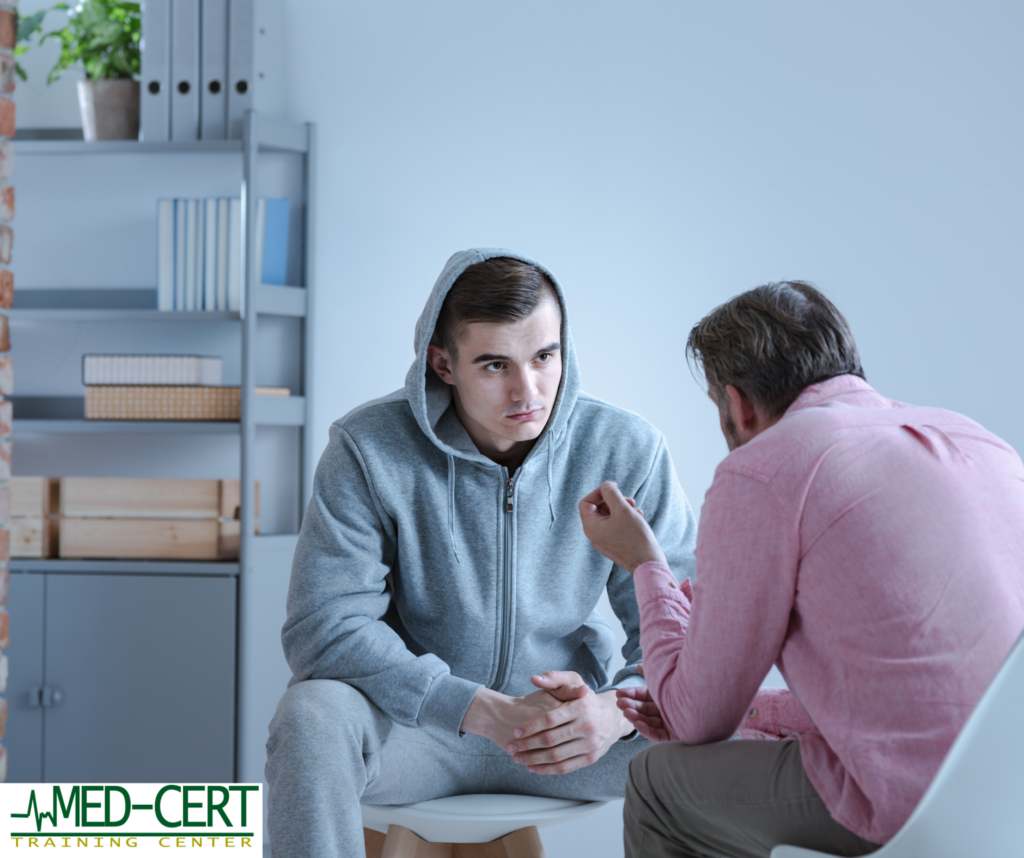

For those working in healthcare, it’s essential to create an environment where patients feel safe discussing their mental health without fear of stigma or retribution. Providing resources, such as hotlines, counseling services, and support groups, can also be a key aspect of care. Moreover, healthcare workers themselves need support, as they are often dealing with the emotional strain of caring for at-risk individuals.
How We Can All Make a Difference
While healthcare professionals play a critical role in suicide prevention, the responsibility does not rest solely on their shoulders. Suicide prevention is a collective effort that involves communities, organizations, and individuals. Here are some ways that everyone can contribute to this important cause:
1. Talk About It

Open conversations about mental health and suicide can help reduce stigma and encourage those who are struggling to seek help. Don’t be afraid to ask someone if they are feeling suicidal; often, talking about it can be the first step in getting them the support they need.
2. Support and Listen

Offering a non-judgmental ear to someone who is struggling can make a significant difference. Let them know that you are there for them, and encourage them to speak to a professional.
3. Educate Yourself and Others
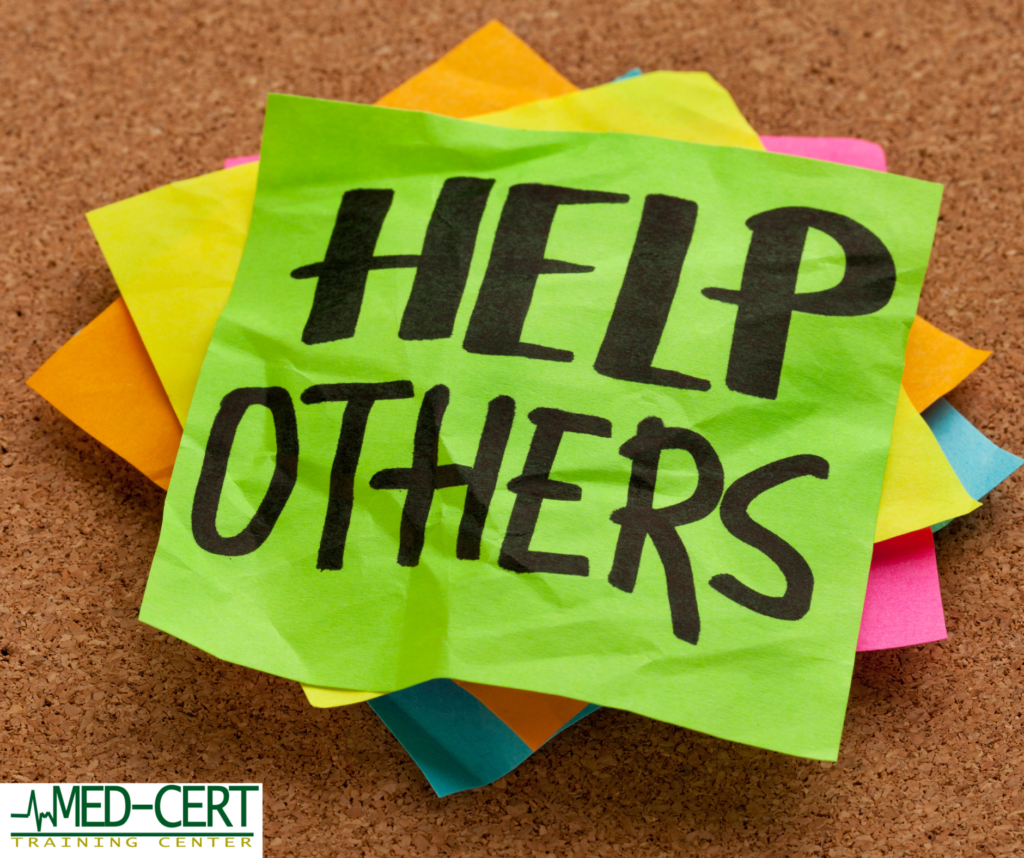
Learn about the warning signs of suicide and how to respond. Share this knowledge with your community, whether it’s through social media, community events, or discussions with friends and family.
4. Advocate for Better Mental Health Services
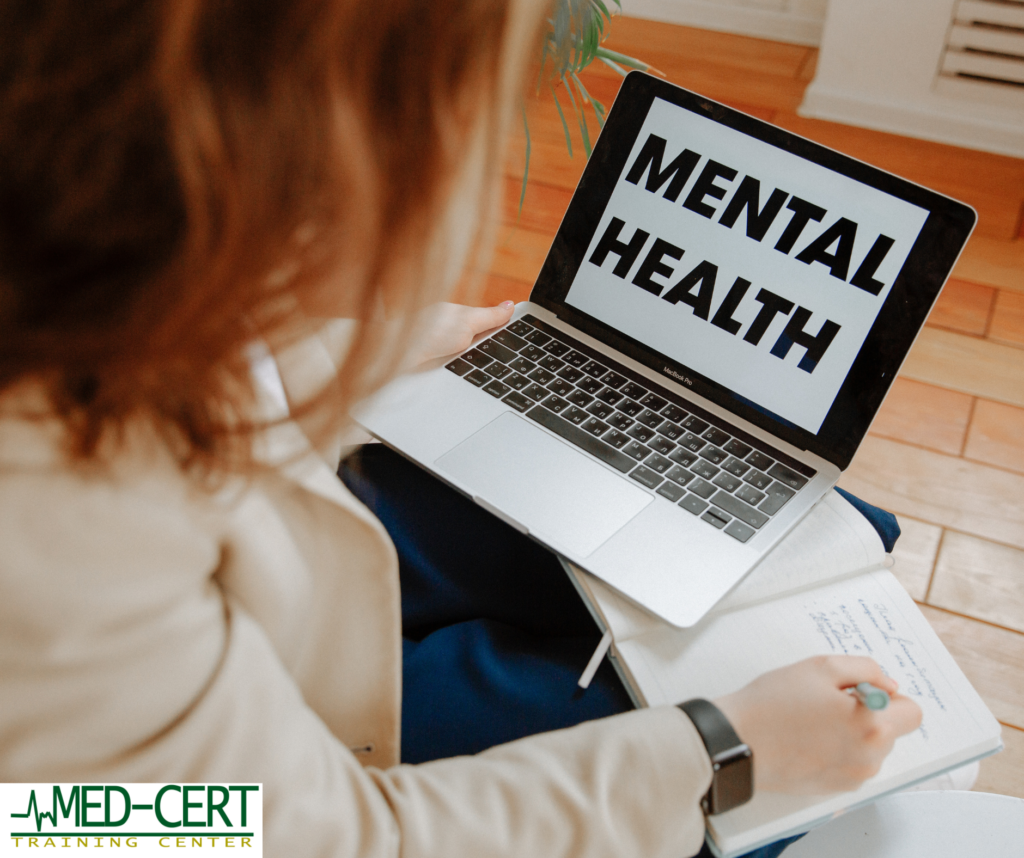
Support policies and initiatives that improve access to mental health care. This includes advocating for more funding for mental health services, supporting mental health education in schools, and pushing for workplace policies that promote mental well-being.
5. Participate in WSPD Activities
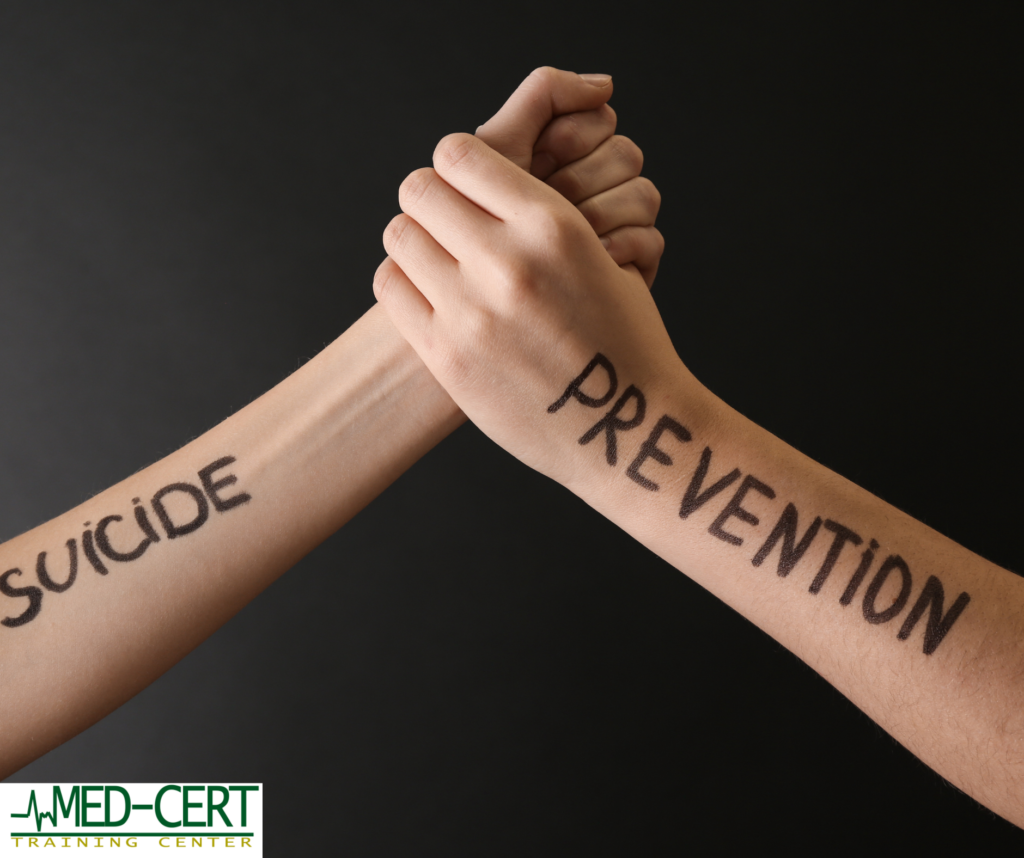
Every year, the IASP and other organizations host events and activities to mark World Suicide Prevention Day. These can include walks, runs, candlelight vigils, and online campaigns. Participating in these events can help raise awareness and show solidarity with those affected by suicide.
Moving Forward with Hope
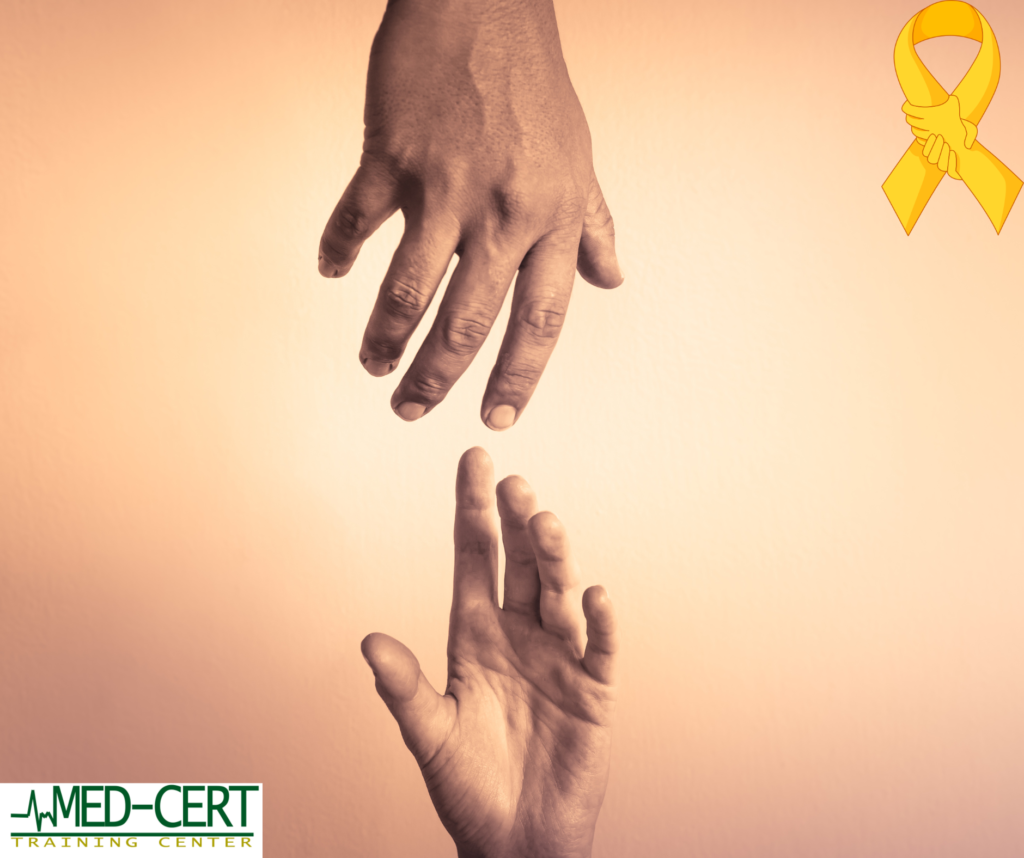
World Suicide Prevention Day is not just a day of awareness but also a day of hope. It is a reminder that suicide is preventable, and that by working together, we can make a difference. Every life lost to suicide is a tragedy, but every life saved is a victory. As we observe World Suicide Prevention Day, let us commit to being more compassionate, more aware, and more proactive in supporting those who are struggling. By doing so, we can help create a world where fewer lives are lost to suicide, and where everyone can find the hope and help they need.
If you or someone you know is struggling with suicidal thoughts, please reach out to a mental health professional or contact a suicide prevention hotline immediately. Your life matters, and help is available.
